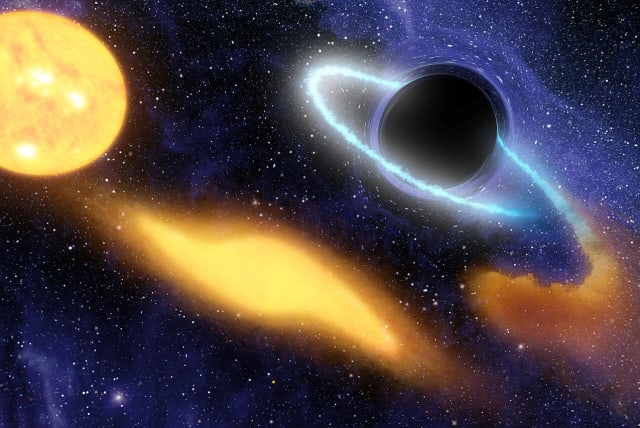Black holes may be causing mature galaxies to stop producing new stars

Scientists have long suggested that the supermassive black holes in these galaxies are interacting with the gas clouds to prev
It may be black holes that prevent mature galaxies from forming new stars, according to a new study published recently based on new evidence that has emerged from the James Webb Space Telescope (JWST).
Lots of the galaxies nearest Earth are in such a state, known as quiescent. Scientists have long suggested that the supermassive black holes in these galaxies are interacting with the gas clouds to prevent star formation.
The recent data from the JWST allowed scientists to see what was happening in these galaxies more than 10 billion years ago. Recently they were able to see gas leaving galaxies, indicating that the gas was being pushed out by the black holes in the galaxy’s center.
“I would say it’s the first direct evidence that supermassive black holes can actually remove the gas in a way that turns off the galaxy,” says Sirio Belli at the University of Bologna in Italy, one of the researchers.
Belli focused the JWST on a galaxy called COSMOS-11142, which recently has stopped creating new stars, and studied the gas flow leaving the galaxy.
“With the neutral gas, we see that actually there is a lot of mass leaving the galaxy,” Belli said, “so it’s a very natural conclusion that this wind is then turning off the galaxy, because, of course, the gas is the fuel for star formation.”
The second part of the study was conducted by Francesco D’Eugenio from the University of Cambridge on a second galaxy from 11 billion years ago. This galaxy was selected when research suggested that it had stopped producing new stars relatively recently.
Galaxies still produce gas needed for stars
The researchers noticed that the gas leaving was the type of gas necessary for star formation.
“This means that these outflows can efficiently compete with star formation for using up the gas,” D’Eugenio explained.
Whilst neither of these observations is conclusive evidence that black holes are to blame, both provide scientists with a starting point for further clarifications.
Jerusalem Post Store
`; document.getElementById("linkPremium").innerHTML = cont; var divWithLink = document.getElementById("premium-link"); if (divWithLink !== null && divWithLink !== 'undefined') { divWithLink.style.border = "solid 1px #cb0f3e"; divWithLink.style.textAlign = "center"; divWithLink.style.marginBottom = "15px"; divWithLink.style.marginTop = "15px"; divWithLink.style.width = "100%"; divWithLink.style.backgroundColor = "#122952"; divWithLink.style.color = "#ffffff"; divWithLink.style.lineHeight = "1.5"; } } (function (v, i) { });

